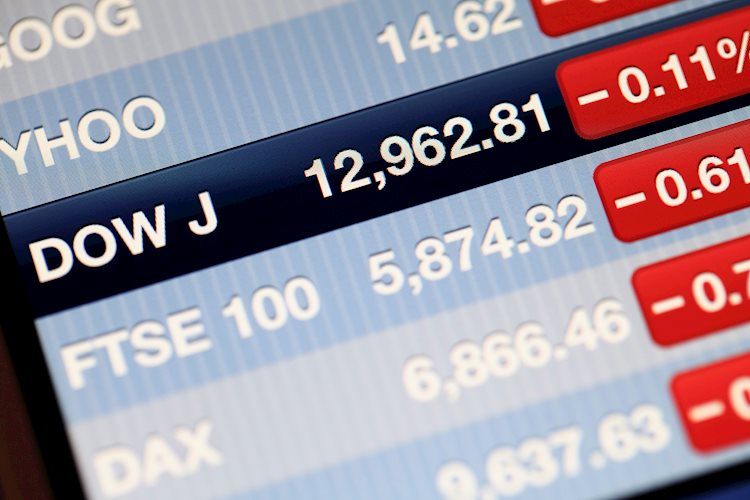The Dow Jones index faced pressure due to rising Treasury yields and significant losses in tech giants Microsoft and Meta, leading to a more cautious sentiment among investors as they prepare for the US presidential election. Key support levels for the DJIA lie at 41,564 and the 100-day SMA at 40,856, while resistance remains at 42,122 and the October 31 high.
The US Treasury bond yields spiked during the North American session on Thursday following a jump in global bond yields due to the UK budget. Microsoft and Meta experienced losses of over 5.8% and 4% respectively, while Apple and Amazon investors awaited their earnings reports. Investors are wary of the upcoming US election and data suggesting the Fed may not need to take aggressive policy steps.
Quincy Krosbye of LPL Financial noted disappointment in tech guidance and increased uncertainty ahead of the US presidential election. The CBOE Volatility Index (VIX) rose over 11.46% to 22.67, reflecting the market’s increased volatility. The US Personal Consumption Expenditures (PCE) Price Index dipped slightly, while the core PCE remained steady, decreasing hopes for a more dovish Fed.
Despite the drop in the Dow Jones Industrial Average, Verizon, Amgen, and Walt Disney showed gains, while Microsoft, Amazon, and Boeing experienced losses. The Dow Jones price forecast suggests further losses if the DJIA falls below 41,692 and the 50-day SMA, with support levels at 41,564 and 40,856. Resistance levels are at 42,000, 42,122, and 42,460.
The Dow Jones Industrial Average is heavily influenced by quarterly earnings reports, macroeconomic data, interest rates set by the Federal Reserve, and other factors impacting investor sentiment. Dow Theory, developed by Charles Dow, is used to identify the primary trend of the stock market by comparing the direction of the DJIA and DJTA. Various trading instruments such as ETFs, futures contracts, options, and mutual funds provide ways for investors to trade the DJIA.
In conclusion, the Dow Jones index faced a decline due to rising Treasury yields and losses in tech giants. Investors are cautious ahead of the US election and uncertainty surrounding the Fed’s policy. Support and resistance levels for the DJIA have been identified, and various trading instruments allow investors to trade the index. Despite the current challenges, the Dow Jones Industrial Average remains a key indicator of the US stock market and global economy.











